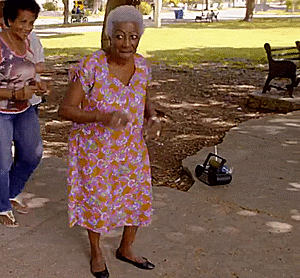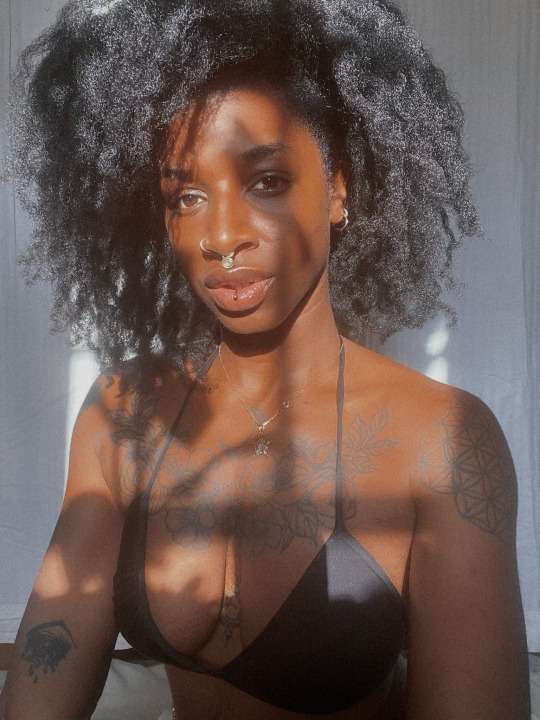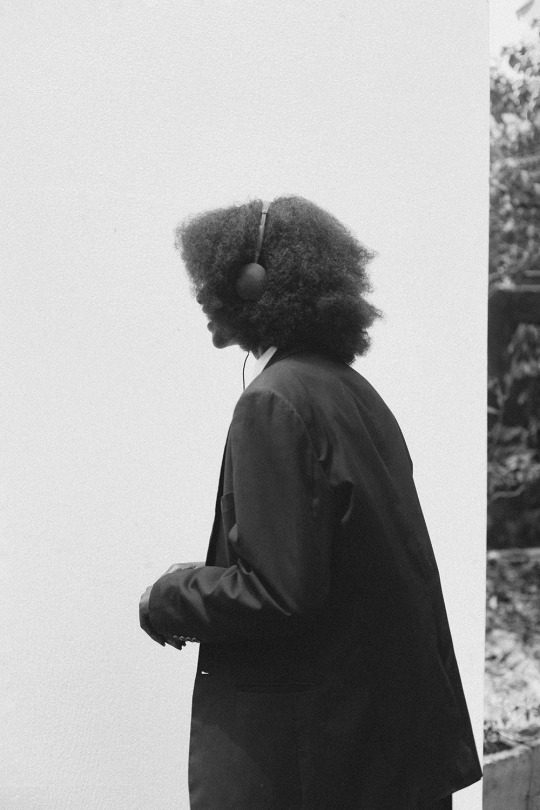#nigerian
Text

Image ID: URGENT!!! Nigerian trans woman is facing housing issues is urgently in need of funds for rent as her rent has expired for a while now and she needs help to get sheltered soon as the landlord has asked her to move out soon. She also needs support with her hrt meds
GOAL: $1050
Paypal: @angelsaxis
/End ID
I have to remake because the last one got a lot of notes, but little to no help.
Lola is constantly at risk of being homeless, and Nigeria is a violently homophobic and transphobic country. She needs money for food, housing, and HRT. She also recently suffered a terrible loss when her friend, Fola (IG), drowned a few weeks ago.
When I say any amount helps, I mean it. I can't tell you how many times just a handful of fives here and there adds up faster than you'd expect.
Her twitter is @/Afreau_Deity. At the moment, she hasn't eaten all day.
312.84/1050 USD
#angel posts#transgender#mutual aid#crowdfund#lesbian#gay#bisexual#nigerian#queer#trans#queer nigeria#queer nigerian#lgbt#lgbtq#ace#asexual#pan#pansexual#trans help#ally#allyship
1K notes
·
View notes
Text
Nigerian soccer team playing in the United Kingdom without cleats and beating them 5-2, circa 1949
1K notes
·
View notes
Text
TEMS🖤

#black girl magic#nigerian#soft girl#beauty#temsbaby#tems#melanin#beautiful#african beauty#african#oluire#black women
551 notes
·
View notes
Text


@whoisnneka
6K notes
·
View notes
Photo

Pause, Peter Uka, 2020
Oil on canvas
78 ¾ x 55 ⅛ in. (200 x 140 cm)
#art#painting#peter uka#contemporary art#black artists#21st century#african art#artists of color#2020s#oil#nigerian#100 notes#250 notes#500 notes#750 notes#1000 notes
1K notes
·
View notes
Text



Metamorphosis
Imagine waking up and deciding not to hide your true identity, feelings, and beliefs anymore.
Taking the time to explore all the possibilities of what your life could be without wearing a mask.
Freeing up your mind from the distractions, stress and fear that you have been experiencing for far longer than necessary.
Well today is that day Sis!
Be encouraged, get ready for a big change,
A departure from what you’ve become accustomed to.
Just know that Ọlọrun, Olódùmarè [The ruler of Heaven and earth, our Supreme God] has an abundance of blessings in store for you.
(Amin Ase)
Embrace your new self, your new path, and believe that your future will bring you closer to your divine purpose, and that your biggest dreams will finally become fulfilled.
Stop holding yourself back, worried that you might fail, because you’re about to fly 🦋
Author @iameriwa
Photo credit @yarnover_ng
#blackgirlmagic#dark skin#black beauty#nigerian#afrocentric#afrofuturism#afro hair#god is faithful#blessed#new beginnings#black writers#black woman appreciation#black women#black pride#black women in femininity#black women in art#black art#black love#inspiration#motivation#qotd
199 notes
·
View notes
Photo

Deborah Ajibola of Mild Models by Noma Osula
1K notes
·
View notes
Text

#nigerian#black tumblr#black girl moodboard#black girl fitspo#black girls of tumblr#classy#black beauty#woc beauty#black women#black woman appreciation#pretty
259 notes
·
View notes
Text

#Cuba#Nigerian#african#afrakan#kemetic dreams#africans#brownskin#brown skin#afrakans#african culture#afrakan spirituality#african landscape#African language#Cuban language#spainish#lucumi#Yoruba#epic video
160 notes
·
View notes
Text

Nanfe Jemimah Kefas-Oyeleke (@mimzbee)
273 notes
·
View notes
Text

#black girl tumblr#black girls of tumblr#black girl fashion#black girl fitspo#black girl moodboard#blackgirlbeauty#blackgirlmagic#fashion aesthetic#soft black women#black beauty#nigerian#burna boy
92 notes
·
View notes
Text

Tall Long John, Peter Uka, 2021
Oil on canvas
66.93 x 51.18 in. (170 x 130 cm)
#art#painting#peter uka#african art#black artists#21st century#artists of color#2020s#oil#nigerian#portrait#100 notes
376 notes
·
View notes
Text




The sun is my boyfriend
412 notes
·
View notes
Text

Nigeria🇳🇬+Armenia🇦🇲 couple
🇳🇬❤️🇦🇲
#nigeria#armenia#nigerian#armenian#nigerianman#armeniangirl#armeniannigeriancouple#🇦🇲❤️🇳🇬#blacklivesmatter#refugees welcome#africanrefugeeswelcome#interracial couple
112 notes
·
View notes
Photo

Deborah Ajibola of Mild Models by Noma Osula
1K notes
·
View notes
Text

Unoma Azuah: authored Nigeria’s first memoir about being lesbian.
#lgbt#black lgbt#black queer notables#black lgbt women#lgbt women#black queer women#black lesbians#black queer firsts#unoma azuah#lgbt writers#nigerian
71 notes
·
View notes